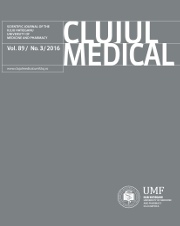HAIR LOSS AND REGENERATION PERFORMED ON ANIMAL MODELS
DOI:
https://doi.org/10.15386/cjmed-583Keywords:
hair regrowth, animal models, research in vivo, alopeciaAbstract
Research in the field of reversal hair loss remains a challenging subject.As Minoxidil 2% or 5% and Finasteride are so far the only FDA approved topical treatments for inducing hair regrowth, research is necessary in order to improve therapeutical approach in alopecia. In vitro studies have focused on cultures of a cell type - dermal papilla or organ culture of isolated cell follicles . In vivo research on this topic was performed on mice, rats, hamsters, rabbits, sheep and monkeys, taking into consideration the advantages and disadvantages of each animal model and the depilation options. Further studies are required not only to compare the efficiency of different therapies but more importantly to establish their long term safety.
Downloads
Published
How to Cite
Issue
Section
License
The authors are required to transfer the copyright of the published paper to the journal. This is done by agreeing to sign the Copyright Assignment Form. Whenever the case, authors are also required to send permissions to reproduce material (such as illustrations) from the copyright holder.

The papers published in the journal are licensed under a Creative Commons Attribution-NonCommercial-NoDerivatives 4.0 International License.

